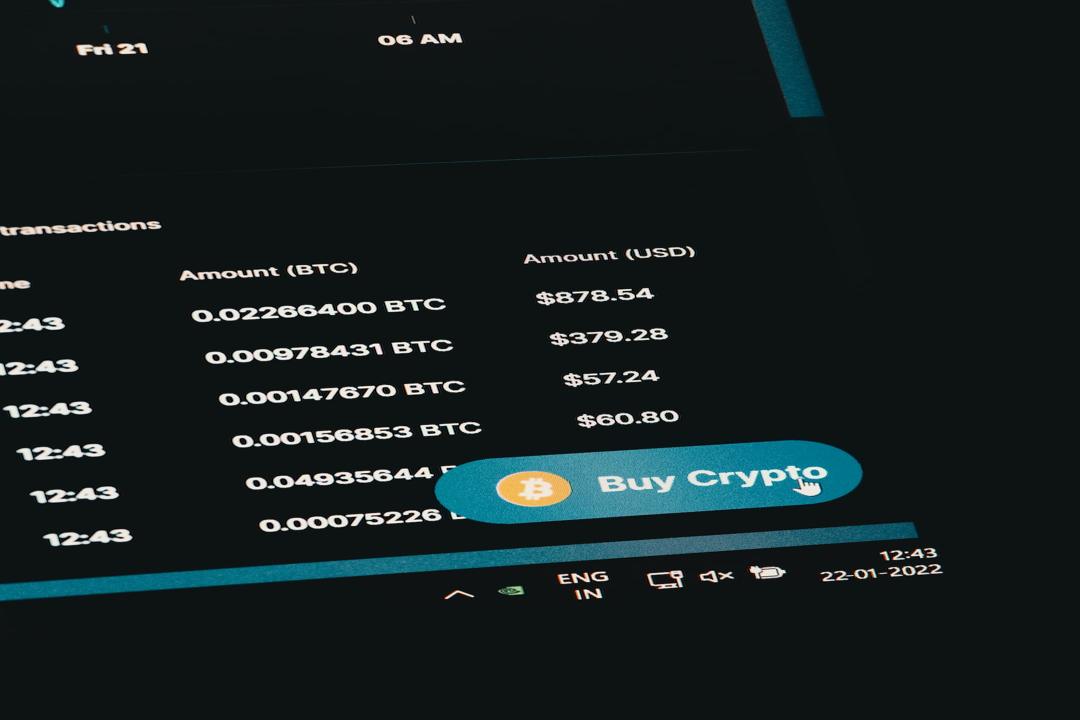In May, more than 60% of the additional trading volume on decentralized exchanges (DEXs) was on the Solana blockchain, as per data from Pantera Capital, a venture capital firm. Pantera referred to Solana as the macOS of blockchains due to its monolithic architecture, which has contributed to its rapid growth.
Since the beginning of 2021, Solana’s share of DEX volume has increased from 0% to 24% by May 2024. This growth is attributed to Solana’s unique architecture that mirrors Apple’s macOS, combining hardware and software for optimal performance. Pantera highlighted that this architecture has driven a surge in retail activity in recent months.
Pantera is an investor in Solana and had previously raised funds to acquire up to $250 million worth of SOL tokens from the FTX bankruptcy at a significant discount. The number of active addresses on the Solana network has skyrocketed from 14,000 in October 2020 to nearly 1.3 million by May 2024. Consequently, priority fees on Solana have seen a massive increase from under $100,000 per month in mid-2023 to over $60 million in March 2024.
Solana has become a preferred choice for developers working on memecoins and decentralized infrastructure projects due to its architecture. Since January, the network has witnessed a growing number of new tokens, surpassing other chains like BNB Smart Chain, Ethereum, and Polygon. This has also had a positive impact on the price of the SOL token, which has surged by more than 723% over the past year, currently trading at $123.
Despite its recent success, Solana has faced challenges in the past, including network outages due to technical difficulties. The network’s upcoming Firedancer upgrade, expected to be fully implemented in 2025 with interim versions released before then, aims to enhance Solana’s resilience. This upgrade, developed in collaboration with Jump Crypto, is designed to improve the network’s reliability and scalability as usage grows.
Pantera’s report did not delve into Solana’s previous network outages but focused on the network’s potential for the future. The report also touched on the misconception surrounding “Bitcoin Layer 2s,” clarifying why this distinction is significant in the cryptocurrency space.

